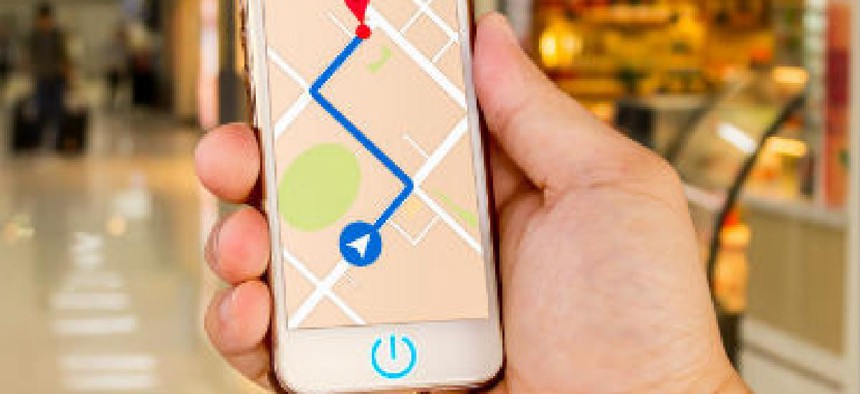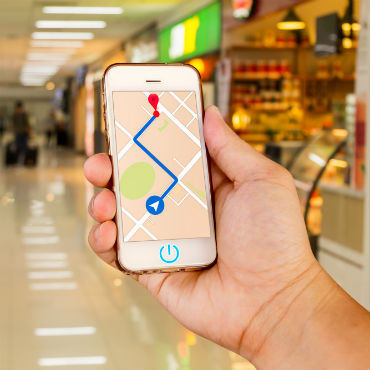Navigation moves indoors

By using the data generated from smartphone sensor readings, radio frequency signal strengths and GPS fixes, NIST hopes developers can build indoor navigation apps that can be validated against fixed locations.

Indoor navigation apps have long been on the wish lists of firefighters, 911 call centers and agencies managing equipment in hospitals or warehouses.
To help speed the development and testing of such apps, the National Institute of Standards and Technology has collected and made available data from four smartphone models that were walked through different buildings. By using the data generated from smartphone sensor readings, radio frequency signal strengths and GPS fixes, NIST hopes developers can build indoor navigation apps that can be validated against fixed locations.
“The user community has expressed the need for careful testing of indoor localization solutions,” Nader Moayeri, NIST’s principal investigator on the project, said in a statement. “Fire departments, for example, strongly desire ways to find a comrade who’s fallen inside a burning building… [but they] need to know how well these solutions are going to work before they invest their limited financial resources.”
To collect the data, NIST researchers carried the smartphones around 30 different indoor courses, including factory, warehouse and subterranean settings and created timestamps for over 900 surveyed test points. The resulting data is freely available online.
By making the data available to everyone, NIST said it is giving developers who may not have the resources to collect their own data a chance to build and test indoor location apps. In addition, by using the same datasets for developing the apps and evaluating their performance, it will be possible to compare the performance of the resulting apps.
To encourage developers, NIST is sponsoring the PerfLoc competition that will offer cash prizes for the best apps that can compute location estimates in real-time based on the data collected by a smartphone, such as Wi-Fi signals, cell signals and data from internal accelerometers and gyroscopes.
Developers have until Aug. 17 to deliver their apps. More information is online.
This story originally appeared in FCW's sibling publication GCN.
NEXT STORY: Apps for Refugees


